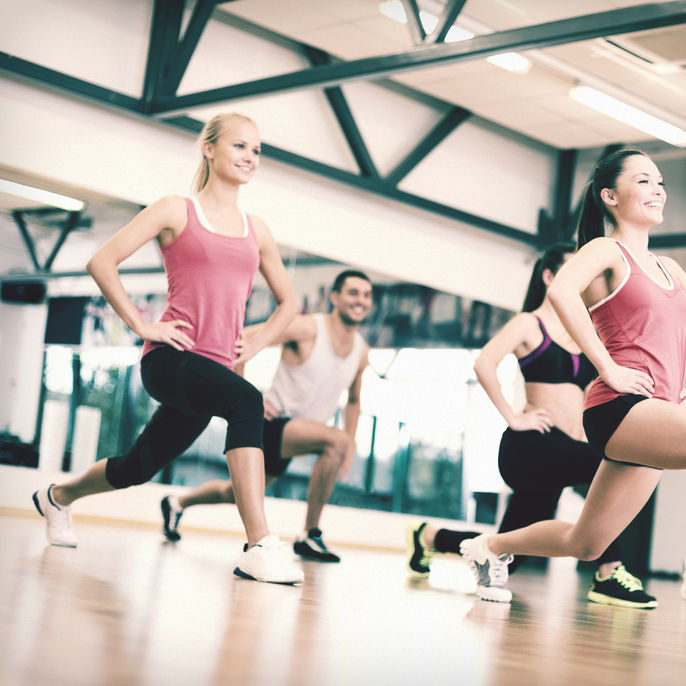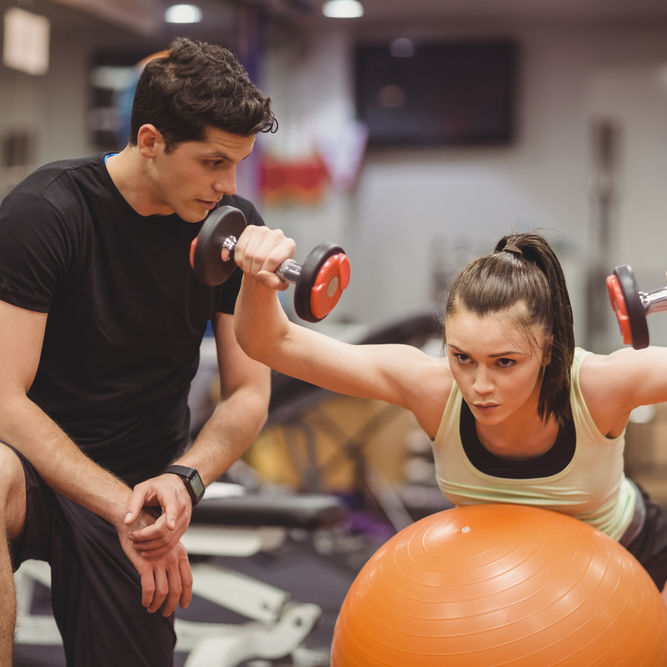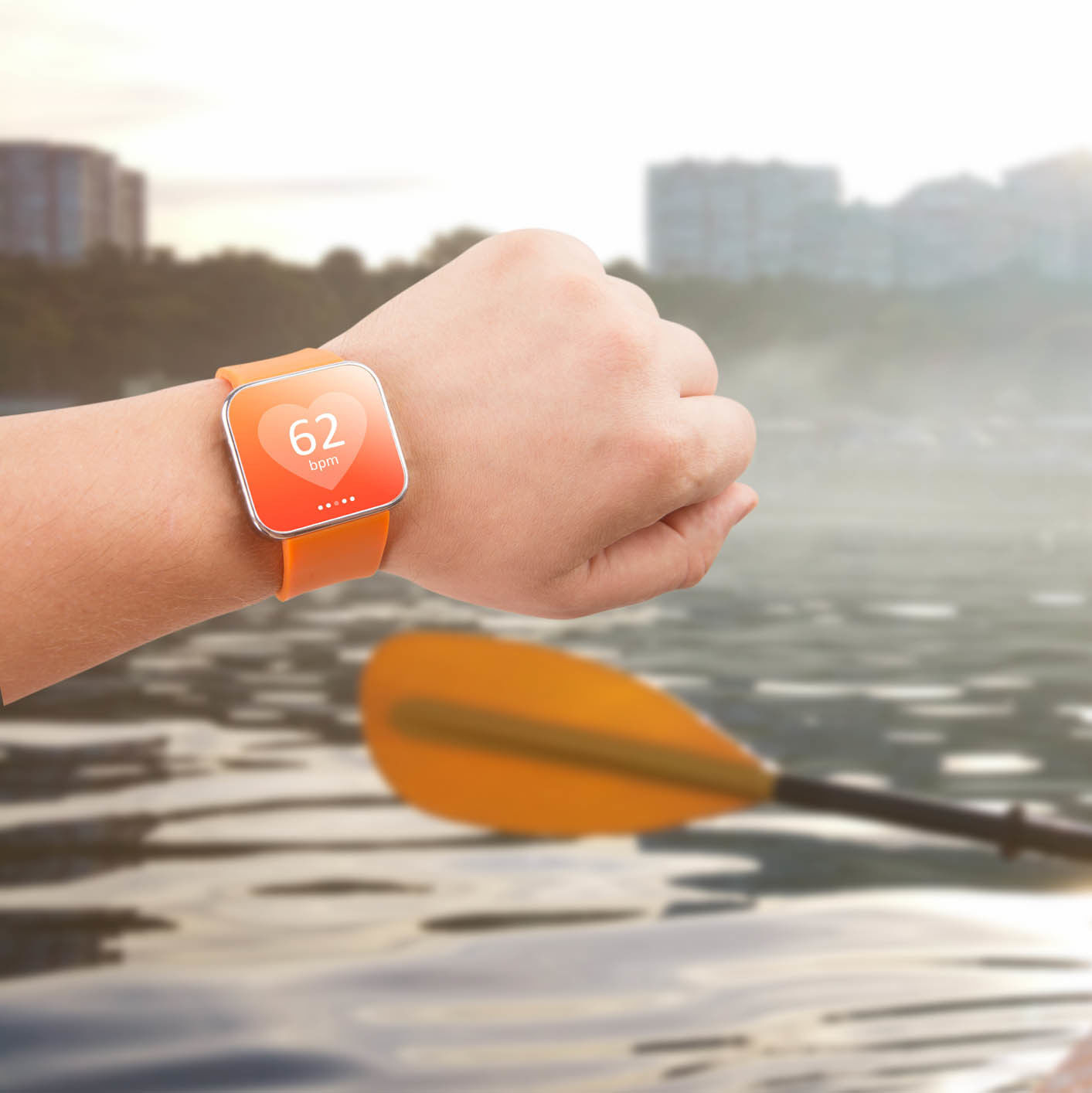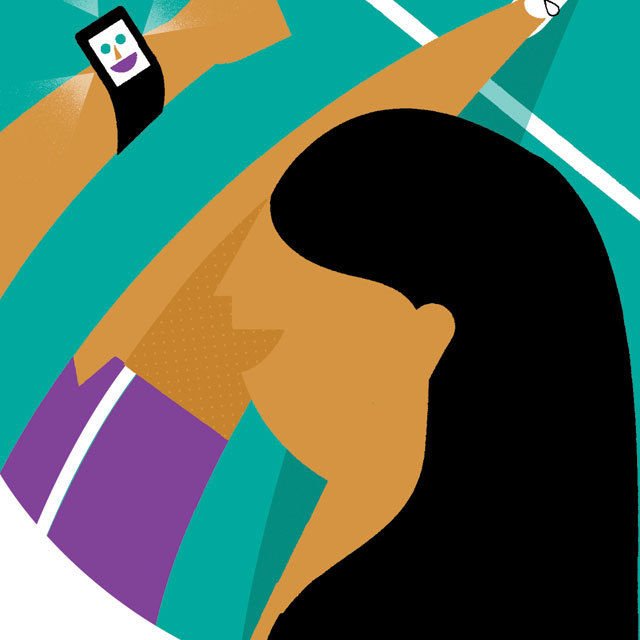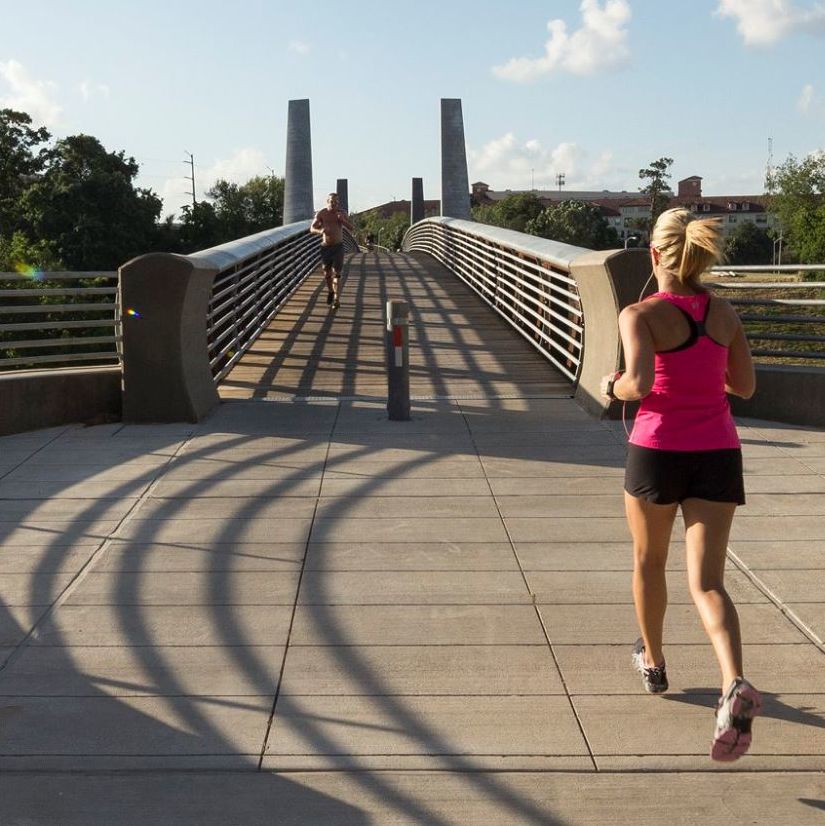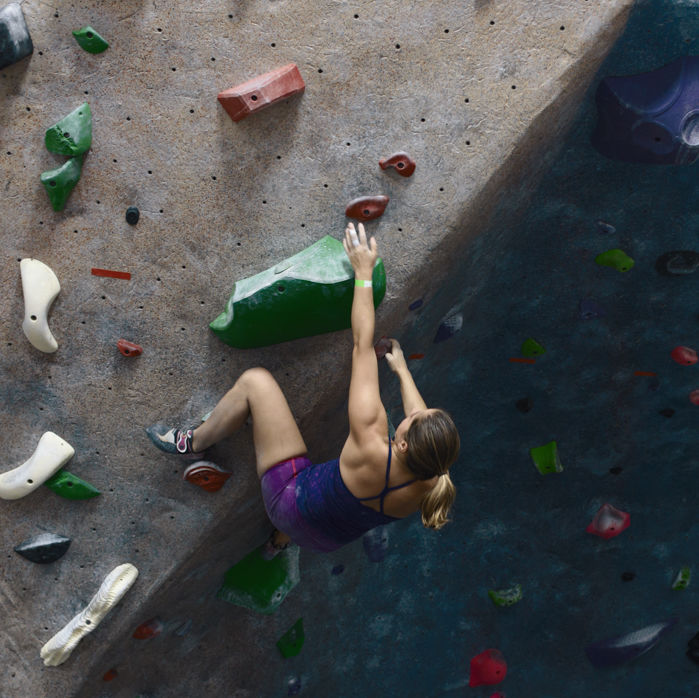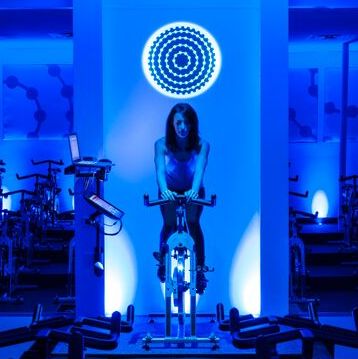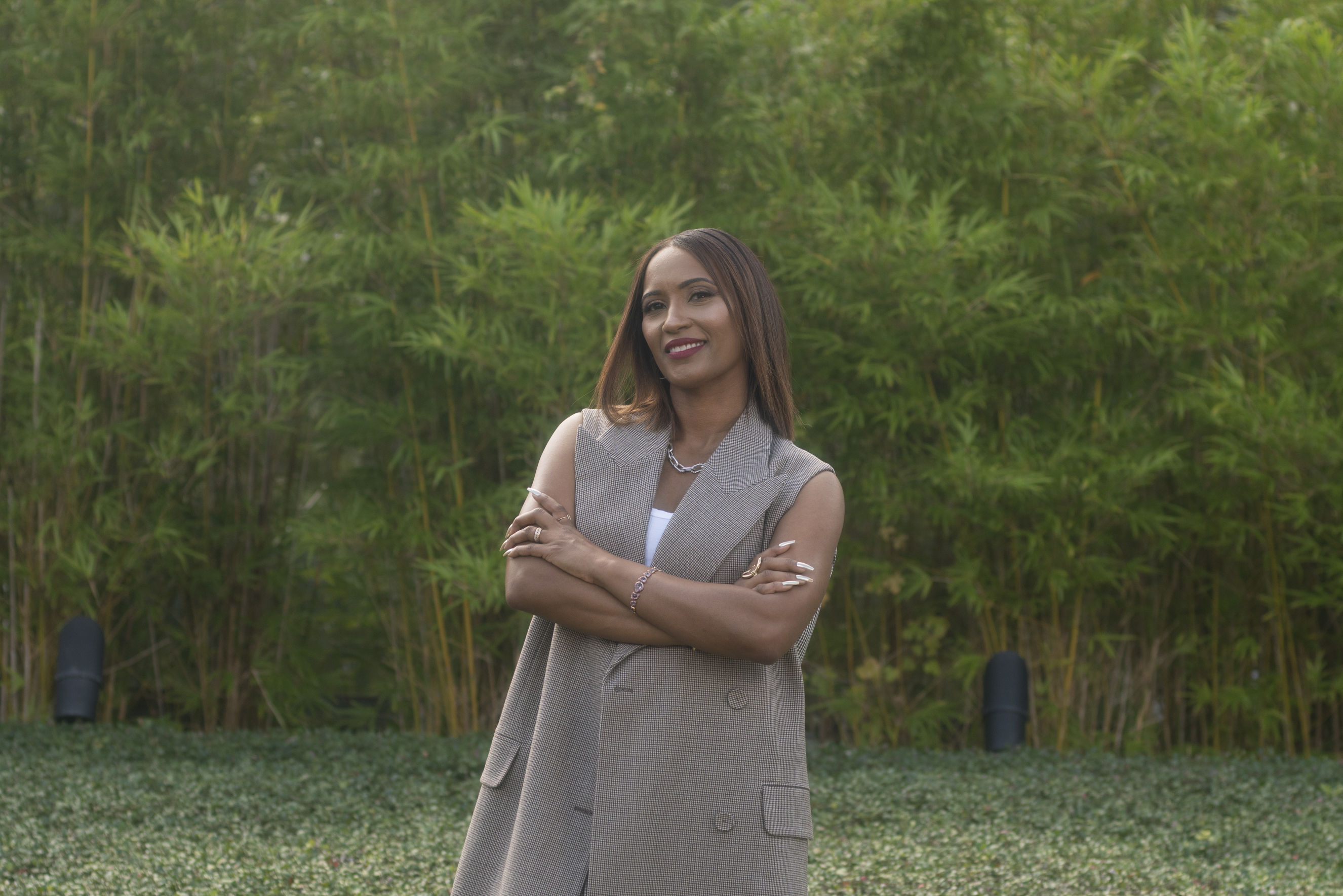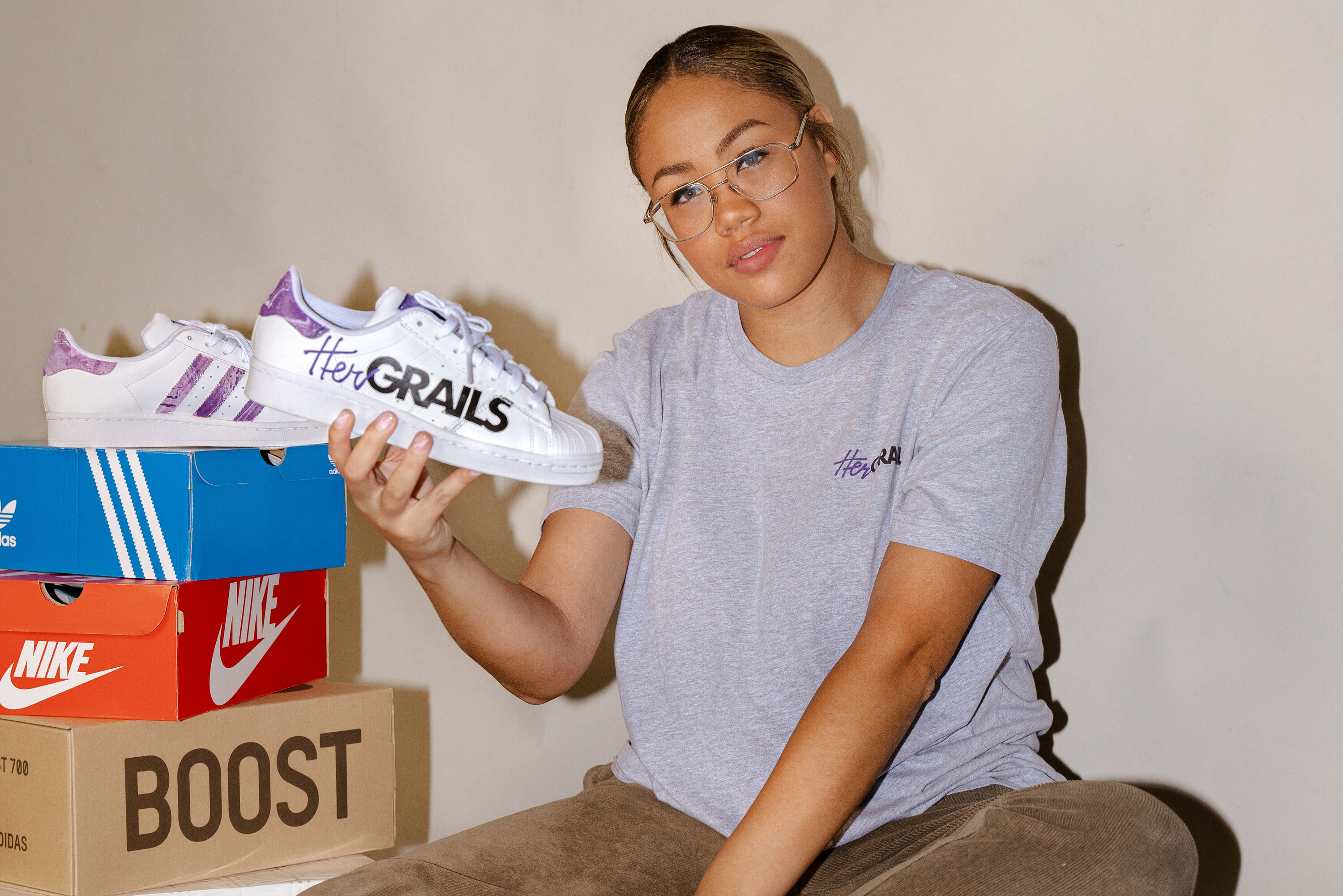How to Find Running Shoes That Fit
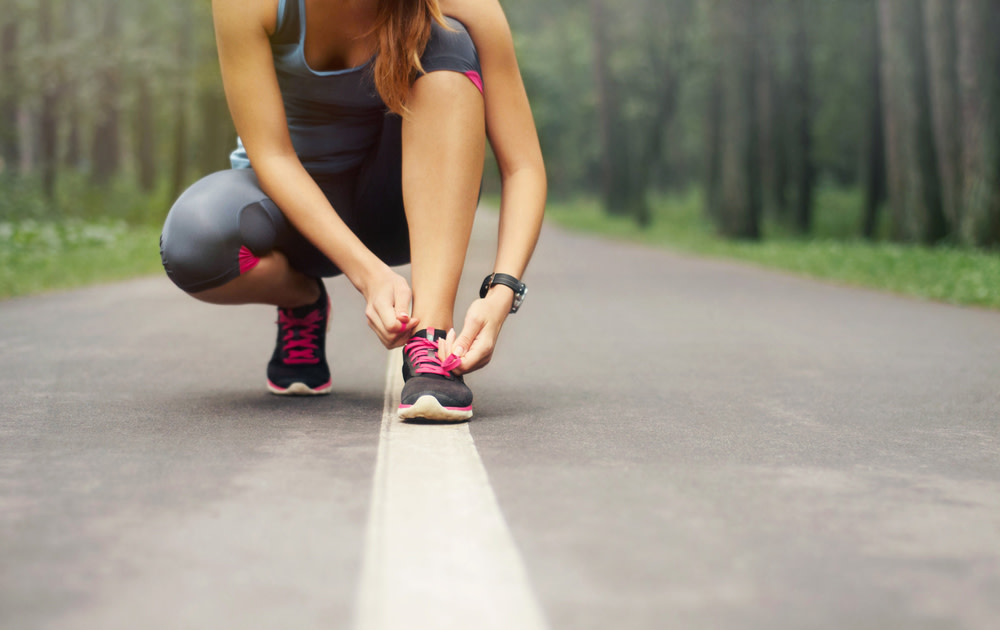
Image: Shutterstock
Visit any of Houston’s parks and pathways and you’re sure to see lots of locals enjoying the outdoors by foot: walking, running, or playing various sports. A critical but sometimes overlooked prerequisite to this enjoyment? Properly fitted athletic shoes. Fortunately, several local stores offer professional guidance on selecting the right shoe to get maximum comfort and performance no matter what path you take.
Why get professionally fitted?
Everyone’s gait and foot strike—how and where the foot hits the ground—is different, with some landing on the heel while others having a mid-strike or forefoot hit. This means not all brands and shoe styles will work for each person or even each activity; an experienced shoe expert is familiar with current features and can safely assess your situation.
“There are several common issues people have when running,” says Jimmy Boyle of Sun & Ski Sports. “Shin splints, blisters, and arch pain are some of the most common. All of these can be alleviated with the right type of shoe and the right fit.” Additionally, a shoe expert can assist with gait analysis or guide you towards coaching: Luke’s Locker hosts a twice-monthly running form clinic and Sun & Ski sponsors five local running clubs where new runners can get advice from more experienced athletes.
What happens during a shoe fitting?
An expert will observe your particular strike pattern and then recommend brands and styles that best accommodate your needs. “We like to get a feeling for what the customer is looking for specifically, an idea of their past exercise history, and any issues or injuries they've had in the past or are currently suffering from,” says Anthony Bales, footwear manager at Luke’s Locker in River Oaks. “We may ask about their fitness goals, previous footwear experiences, or any other information that may help us find the perfect shoe for their particular needs. Then we'll begin the process of observing the shape of the foot, analyzing the gait, measuring to ensure the proper size, and trying on shoes.”
If you have a history of plantar fasciitis or painful knees, shoes with specific cushioning or support may be recommend to facilitate healing and a more enjoyable workout. Expect the fitting process to take between 15 and 30 minutes including evaluation and trying on several different shoes.
I just got new shoes, now what?
Hit the trails or the court and put them through your usual routine while paying attention to how your body reacts. “It is likely to be a very noticeable change from the time [you] are fitted,” says Boyle. But, cautions Bales, “If injuries are a factor it can take until the body heals to notice a full difference in how [you] feel.”
For the most part you can use your new shoes for a variety of sports and unless you get injured or begin training for a significantly different activity such as CrossFit or a marathon there is no need to get rechecked each time you buy new shoes. That said, “It is wise to get rechecked if recovering from injury or if you are not satisfied with the performance of the current gear being used,” says Boyle.
If the latter is the case, don’t panic—many high-end athletic equipment stores offer generous return policies. Luke’s Locker offers a 30-day return policy for full-price items and will do a refitting if your new pair isn’t what you expected. If you purchase at Sun and Ski, you can take advantage receive store credit within one year of purchasing if you aren’t completely satisfied.
